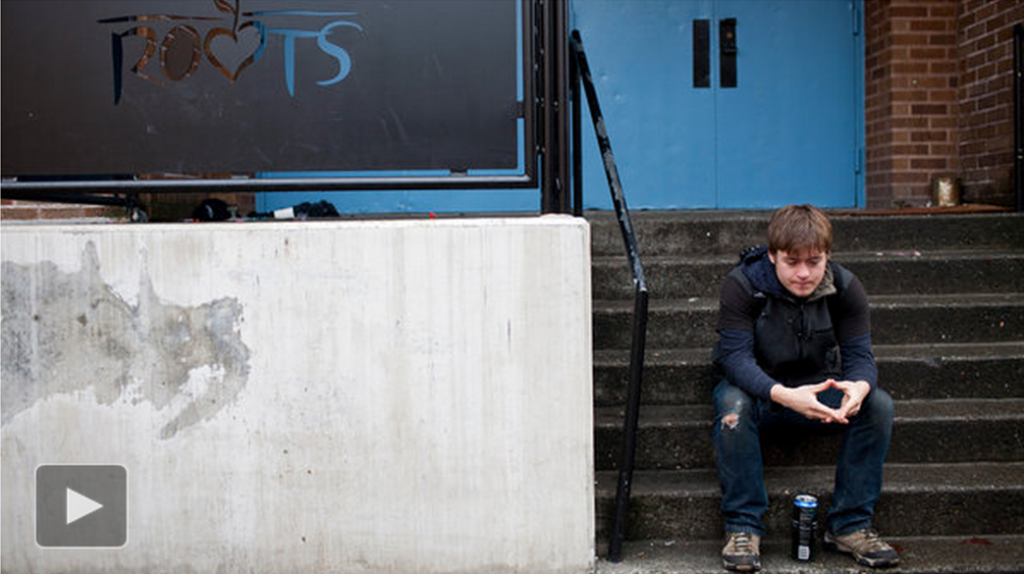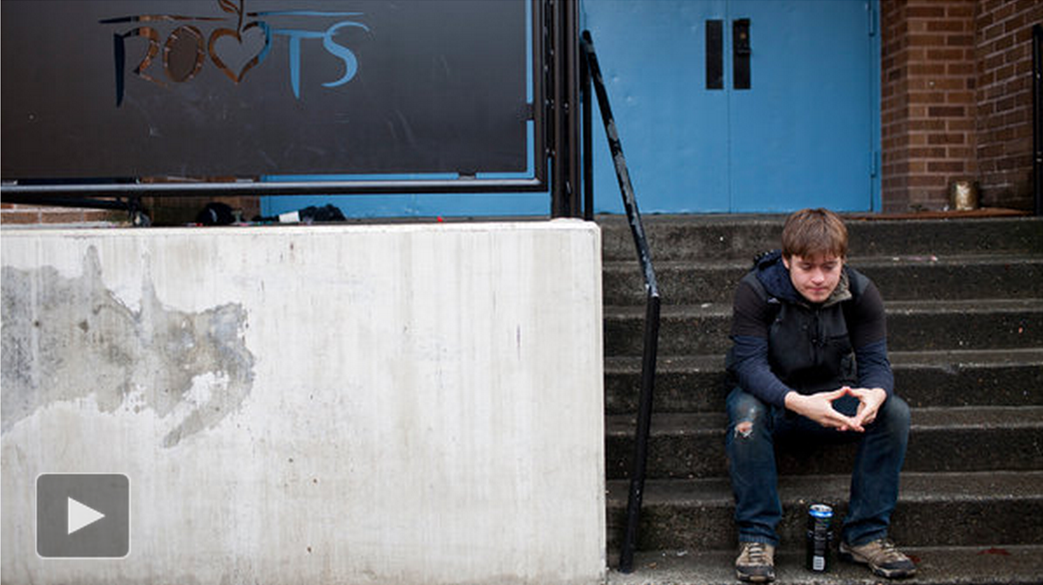
The recent New York Times article, “After Recession, More Young Adults Are Living on Street,” poignantly chronicles the desperate unemployment and homelessness of our nation’s older youth, ages 18 to 24.
Suffering the highest unemployment of all adults, these young people increasingly slip from status of college student to low-wage worker; then unemployed, drifting place to place, with goals diminishing to simple survival. One youth service provider noted to reporter Susan Saulny, “This is the age when you want to show the world you have value.”
With an estimated 10,995 unaccompanied youth but only 266 youth shelter beds, Chicago is challenged to address the multiple needs of these “transitional age youth.”
And CCH has a message: Yes, you — young people living on our streets — have value, great value.
CCH is working to address a spectrum of issues confronting unstably housed young adults. Collaborating with providers and youth, CCH fought for and won: new city funding to support 100 additional beds for young adults; a $900,000 increase in state funding for homeless youth programs; and $1 million for drop-in services as part of our work with the Chicago Task Force on Homeless Youth. We daily deploy Youth Futures, a mobile legal aid clinic to reach homeless youth and address legal obstacles barring their access to jobs, housing and school. CCH also offers renewable scholarships to assist homeless youth attend college.
Distressingly, many impoverished young adults trying to move their education forward are forced to choose between inadequate nutrition and attending school full time. By designating certain programs in community colleges as appropriate employment and training programs, the Illinois Department of Human Services could enable such students to obtain access to food stamps and achieve college graduation.
In this new year, won’t you join us in working for this change?
– Laurene Heybach, Director, The Law Project

